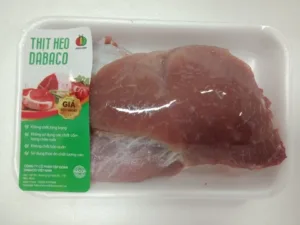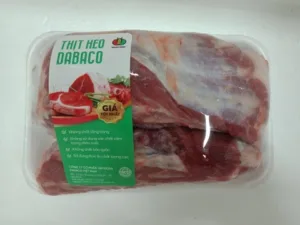news
Gardening for Health: A Guide to Cultivating Your Own Green Vegetables
There is a profound satisfaction that comes from cultivating your own food. The simple act of planting a seed, nurturing it, and harvesting the fruits of your labor is a deeply rewarding experience. This is especially true for green vegetables, which are not only easy to grow but also incredibly versatile and nutritious. Gardening is more than just a hobby; it is a way to connect with nature, reduce your environmental footprint, and ensure you have a constant supply of the freshest, most flavorful greens right at your doorstep. This comprehensive article will serve as a practical guide to cultivating your own green vegetables, from preparing the soil to harvesting your bounty.
Growing your own green vegetables is an empowering experience. It allows you to have complete control over the food you eat, ensuring it is free from pesticides and other chemicals. It also provides a unique opportunity to learn about the seasons, the soil, and the life cycle of plants. It is a journey that connects you to the earth and provides a deeper appreciation for the food on your plate.

The Benefits of a Home Garden
Cultivating your own green vegetables offers a multitude of benefits that extend far beyond the kitchen.
Nutritional Superiority: Homegrown vegetables are often more nutritious than their store-bought counterparts. The moment a vegetable is picked, it begins to lose nutrients. By growing your own, you can harvest your greens at their peak ripeness and eat them immediately, locking in all of their nutritional value.
Environmental Impact: Gardening is a great way to reduce your carbon footprint. It eliminates the need for transportation, packaging, and refrigeration that are associated with a global food system. It also allows you to use your own compost and avoid synthetic fertilizers.
Mental and Physical Health: Gardening is a fantastic way to relieve stress and get some physical exercise. The act of tending to plants can be incredibly therapeutic, and the fresh air and sunlight are great for your mood.

A Practical Guide to Getting Started
Starting a green vegetable garden doesn’t require a lot of space or experience. Here’s a simple guide to get you started:
1. Choose Your Location: Most green vegetables need at least six hours of sunlight a day. Choose a sunny spot in your yard or on your balcony or patio. If you have limited space, consider using a raised bed or pots.
2. Prepare Your Soil: Healthy soil is the key to a healthy garden. For in-ground gardens, mix in some compost or well-rotted manure to improve the soil structure and fertility. For raised beds and pots, use a high-quality potting mix.
3. Choose Your Vegetables: Start with a few green vegetables that are known to be easy to grow, such as:
- Leafy Greens: Lettuce, spinach, and kale are fast-growing and can be harvested multiple times.
- Herbs: Basil, mint, and cilantro are great for beginners and can add a lot of flavor to your cooking.
- Root Vegetables: Radishes and carrots are easy to grow and can be harvested in a short period.
- Other Greens: Green beans and peas are also great for beginners and can be grown on a simple trellis.

4. Plant Your Seeds or Seedlings: Follow the instructions on the seed packet for planting depth and spacing. If you are using seedlings, gently transplant them into the soil, making sure not to damage the roots.
5. Water and Nurture: Water your plants regularly, especially during dry spells. A good rule of thumb is to water when the top inch of soil feels dry to the touch. Keep an eye out for pests and diseases and remove any weeds that compete with your plants for nutrients.
In conclusion, cultivating your own green vegetables is a rewarding and enriching experience. It is a simple way to improve your health, reduce your environmental impact, and connect with the natural world. With a little bit of effort and a lot of patience, you can enjoy a constant supply of fresh, delicious greens right from your own backyard.


